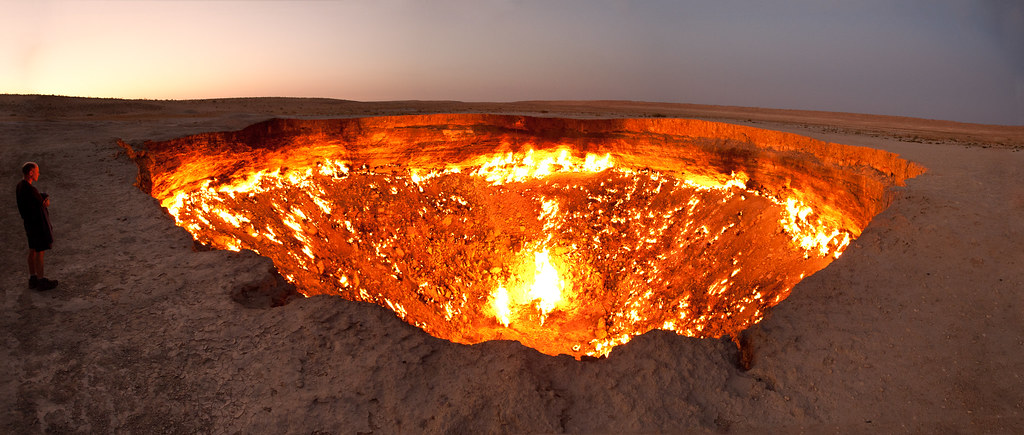Expected but sobering.
That is how experts are describing the findings of a new United Nations Environment Programme (UNEP) report that says that global temperatures are on track to exceed the most ambitious end of the temperature goal of the Paris Agreement.
Modeling from UNEPs Emissions Gap Report 2025, released today, found that within the next decade, global temperatures will likely exceed 1.5C above pre-industrial levels. Climate advocates had long hoped that it would be decades, if ever, before the 1.5C threshold was breached. Keeping the global average temperature below that level is considered crucial for avoiding some of the worst effects of climate change.
Despite all the warnings, the world has continued to emit greenhouse gasses at record levels, so this conclusion wasnt unexpected, said Martin Krause, Director of UNEPs Climate Change Division. But it should be a wakeup call to everyone. Climate change is real, its happening and unless we do something about it soon, the consequences will be severe.
How did the world get here and what does overshooting 1.5C mean for humanity? Lets dive into the Emissions Gap Report to answer those and other questions.
Its been more than a decade since the Paris Agreement was signed. Why are we still facing a climate catastrophe?
Despite the agreement, humanity continues to burn fossil fuels and pump out greenhouse gasses at a record rate. In 2024 these emissions which act like a blanket, trapping heat near the Earths surface jumped over 2 per cent. That continues a steady increase dating back more than a century. There is now more carbon dioxide in the atmosphere than at any point in at least the last 2 million years.
How hot could the planet get?
Even if countries live up to their Nationally Determined Contributions (NDCs) to reduce greenhouse gas emissions and thats a big if the world will warm by 2.3C to 2.5C by the end of the century, the Emissions Gap Report estimates. Thats a slight improvement from last years forecast. But its still more than enough to destabilize delicate climate systems, leading to a surge in droughts, floods, superstorms and other extreme weather.
When the Paris Agreement was adopted in 2015, experts calculated the world was on pace to warm by 3C to 3.5C based on countries mitigation pledges a potentially catastrophic path. Thanks to the commitments it inspired, that projection has fallen by about a full degree showing that global climate action can make a real difference.
In 2024, the Earths average temperature was reportedly 1.5C warmer than in pre-industrial times. So, whats new about the Emissions Gap Reports findings?
Its true that in 2024, the Earth did surpass 1.5C of warming. But when researchers look at the global temperature, they try not to put too much stock into what happens in any single year. Instead, they look at the average temperature over decades, which smooths out random variations. This years Emissions Gap Report finds this so-called multi-decadal average will at least temporarily surpass 1.5C in the next 10 years.
Is there any chance of keeping warming below 1.5C?
Technically, yes, but the odds of that happening are slim. The Emissions Gap Report found that greenhouse gas emissions would have to fall roughly by 55 per cent by 2035 to align with the 1.5C pathway well above what countries have promised. A more achievable, though still difficult, goal is limiting warming to 2C, which would require emissions to drop around 35 per cent by 2035. Current national commitments, if fully implemented, would cut emissions only 12 to 15 per cent by that date leaving the world well off target.
So, what happens now that the world seems likely to overshoot the 1.5C threshold?
The key is to keep this exceedance, as researchers call it, as minimal and as short-lived as possible. The report plotted a scenario where temperatures rise to about 1.8C before falling back below 1.5C before the end of the century. But even that will be challenging, it concedes. Still, the world cant stop trying, Krause said.
Every fraction of a degree of warming we avoid means climate change will be less severe.
If we buckle down, we can still potentially save lives, spare economies and prevent the world from reaching devastating climatic tipping points.
So, what needs to happen to get the world back on track?
First and foremost, humanity needs to break its addiction to fossil fuels and ramp up the production of renewable energy. Doing that will require the leadership of the Group of 20 nations, which account for about three-quarters of greenhouse gas emissions and, collectively, are not on track to achieve their climate pledges. It also means more financial support for developing countries and an overhaul of the global financial architecture.
Is there any good news on the climate front?
Yes. In the decade since the Paris Agreement was signed, weve seen a surge in the use of renewable energy, buoyed in large part by plummeting costs. That has primed the world for a low-carbon future, marked by economic growth and energy security.
We have the technology and the know-how to end the climate crisis, says Krause. What we need now is the political will.






